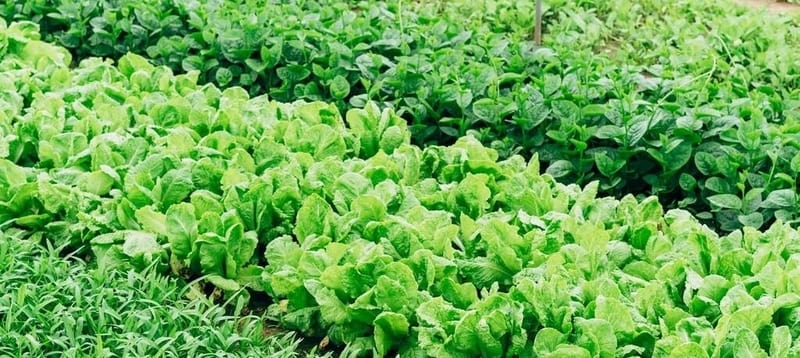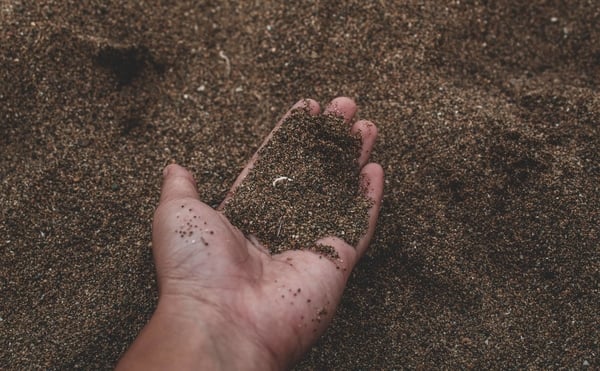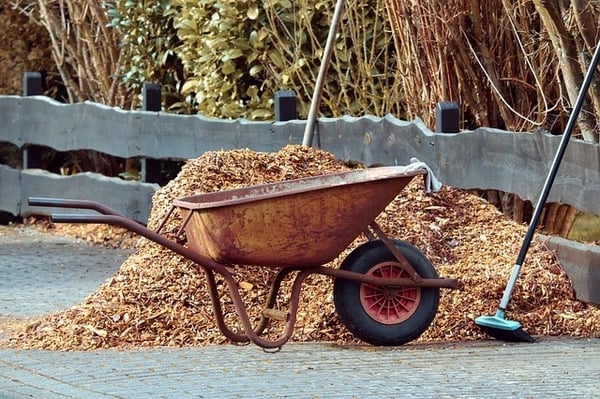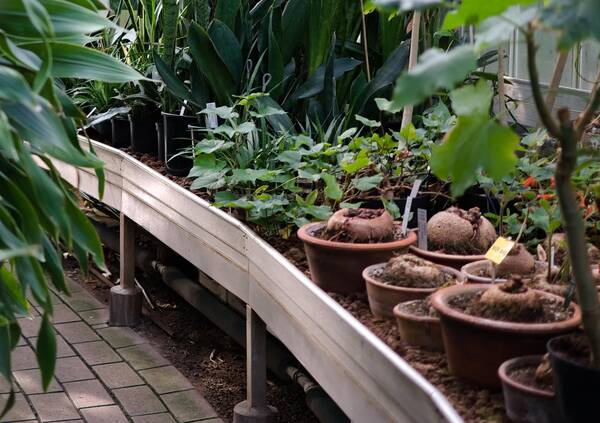Spring Gardening Tips

Spring is all about the rush of new life after winter, with bundles of fresh energy to be converted into flowers, fruit, foliage and edible produce.
As a gardener, your job is to set up and maintain the optimal conditions for your plants to do this.
With that in mind, here are some of our best gardening tips for spring.
Feed everything
Spring is a great time to apply fertiliser to citrus trees, roses, Australian natives, lawns, potted plants and orchids, as well as in the veggie patch.
Keep in mind that more is not necessarily more when it comes to fertilising – it’s all about giving plants the nutrients they need in the right quantities.

Fertilisers can be made from organic matter like manure, blood and bone, worm castings and seaweed (organic fertilisers), or artificially manufactured (inorganic fertilisers).
Within each of these categories there are different varieties of fertiliser for different applications – Australian natives, citrus, etc – so be sure to select the right product for the job.
Apply new mulch
Mulch is a real multitasker in the garden.

It protects plant roots from extreme temperatures, improves water retention in the soil (thereby reducing water consumption), helps suppress weeds and conditions the soil as it breaks down.
As a bonus, it gives a tidy appearance to beds and reduces time spent watering and weeding.
Mid to late spring is the perfect time to apply new mulch to established beds, around specimen plants and in containers.
New plants can be mulched straight away to assist in moisture retention as they become established.
To optimise benefits, the mulch layer should be 5-7cm deep. You do not need to remove old mulch, but care needs to be taken not to place mulch too close to the stems as this will provide an entry point for disease and may cause the plants to develop stem rot.
There are a few plants that don’t love too much mulch, such as bearded iris and thyme. If a plant is unhappy following a mulching you can simply pull back its mulch.
Plant strategically
When adding new plants to your garden, it can be easy to get carried away and forget to think about the logistics.
In most cases, a degree of foresight is the best route to success.
This includes:
- Selecting plants that are well suited to your available space. This is easily one of the most important spring planting tips out there. A plant that needs lots of sun may not survive (and almost certainly won’t thrive) in a shady position.
- Some plants have best friends that help each other grow. Doing a little research into companion plants can help you make the right choices in your garden.
- Choosing the right time to plant in relation to climate and weather patterns. For example, avoid exposing young plants to frosts by waiting until the soil has warmed up sufficiently after winter. For some plants grown from seed, this may mean starting the seeds indoors in trays or pots, then planting out once spring is in full swing.
- Considering how your garden’s microclimates change from season to season. For example, a spot under a deciduous tree may get plenty of sun coming out of winter, but quickly turn into a shade zone as the tree regains its leaves.

Enjoy your garden this spring!
As most of you will know, the list is endless when it comes to spring gardening tips. Beginners and old hands alike will always have something new to learn or experiment with.
Can’t wait to dig in? Check out our guide to spring garden preparation for jobs you can get started on right away.








Comments are closed.